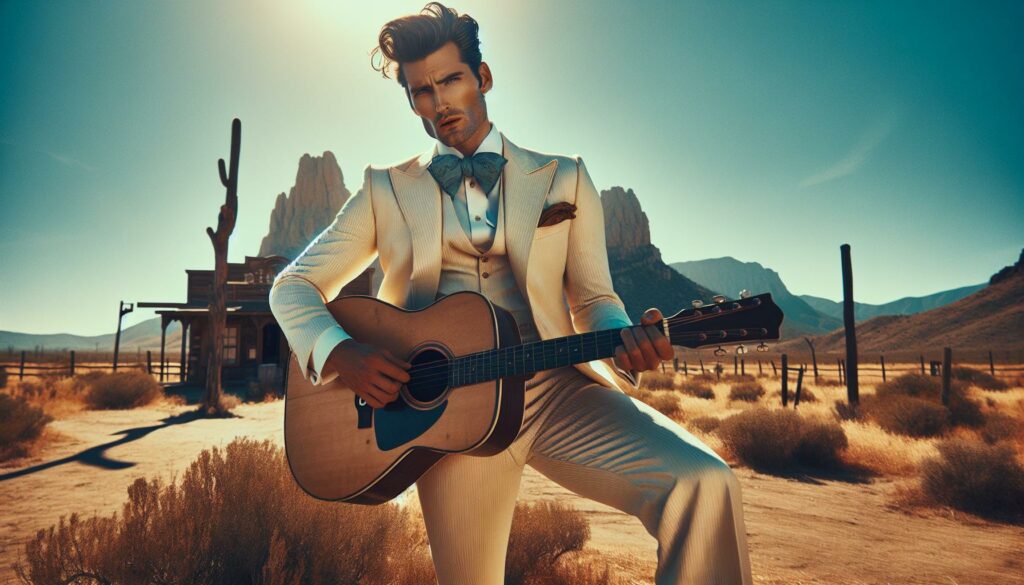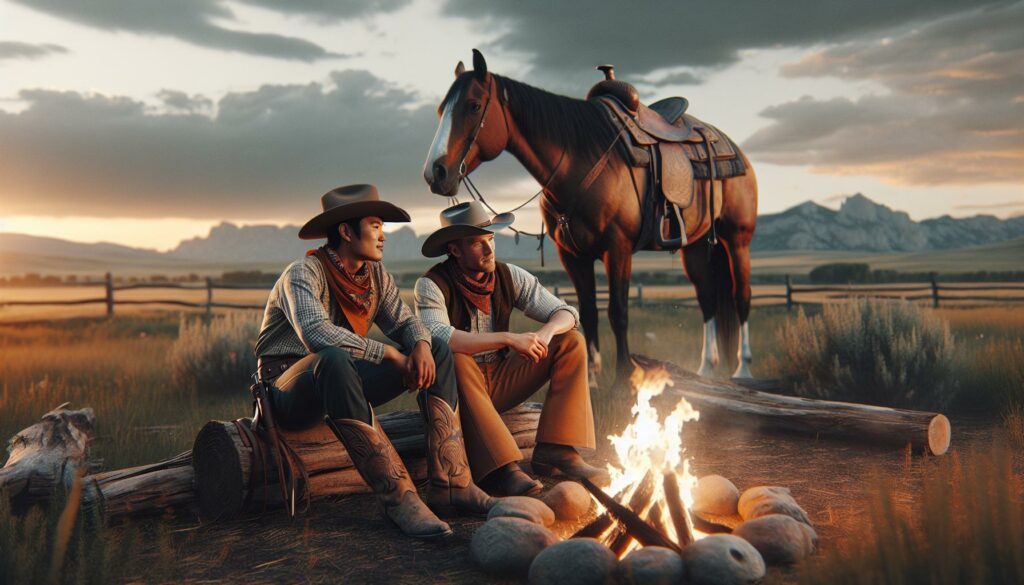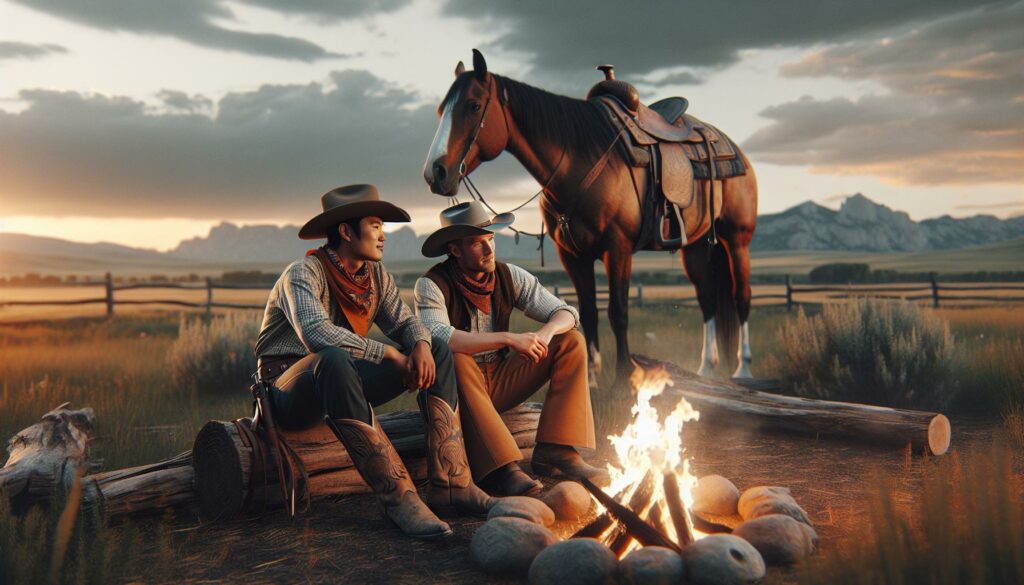In a world where the wild west meets whimsical storytelling, “The Ballad of Buster Scruggs” captures the imagination with its unique blend of humor and tragedy. As the film unfolds through six distinct tales, it keeps viewers on their toes, navigating the absurdities of frontier life. But it’s the ending that leaves audiences scratching their heads and chuckling in disbelief.
What does it all mean? Is it a clever commentary on life, death, or the unpredictability of fate? Or is it just the Coen brothers having a good laugh at the expense of their characters? This article dives into the enigmatic conclusion, exploring the themes and interpretations that make Buster Scruggs a cinematic gem. Buckle up for a ride through the unpredictable landscape of storytelling, where the punchline might just be the meaning of it all.
The Ballad of Buster Scruggs Ending
“The Ballad of Buster Scruggs” presents six distinct narratives, each exploring different aspects of the human experience. The film’s structure recalls classic western storytelling, yet infuses elements of dark comedy and poignant themes. It cleverly juxtaposes humor with tragedy, drawing viewers into a whimsical rendition of the American frontier.
In the first story, Buster Scruggs embodies the playful spirit of a singing gunslinger. He navigates his world with charm and fatalism, setting the tone for subsequent tales. Each segment invites an examination of life’s unpredictability and the irony woven into everyday existence.
Another segment dives into the lives of a traveler and a prospector. Their chase for fortune reveals the harsh realities of ambition and greed. Through these characters, the film illustrates how hope intertwines with despair, delivering powerful emotional contrasts.
Subsequent vignettes shift perspective to the commonly overlooked lives of the frontier. A woman’s journey in search of her brothers unfolds, while a stagecoach’s passengers confront existential dilemmas. Such narratives focus on chance encounters that shape one’s fate.
Character development remains central throughout. Each person embodies unique traits, ultimately influencing their outcomes. The Coen brothers intertwine these arcs seamlessly, presenting a rich tapestry of experiences.
As the film concludes, it provokes reflection on mortality, purpose, and the capricious nature of luck. Viewers grapple with whether fate shapes their lives or if they navigate the unpredictable wilds on their own. “The Ballad of Buster Scruggs” transcends traditional storytelling, leaving audiences contemplating deeper implications beyond its humor and charm.
Analysis of The Ending
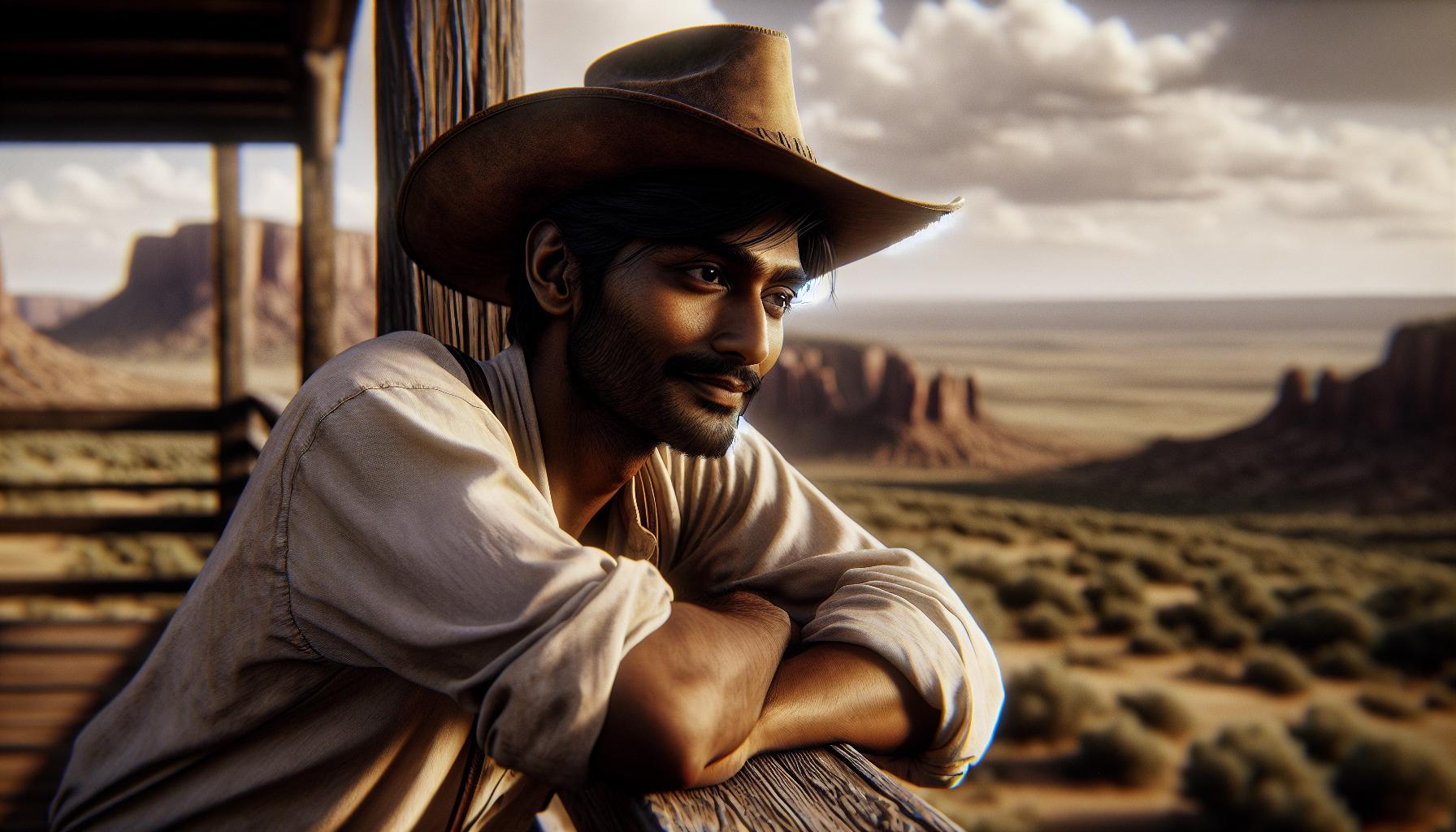
The ending of “The Ballad of Buster Scruggs” offers rich layers of meaning and invites various interpretations. Its conclusion prompts audiences to reflect on profound themes and character trajectories.
Themes Explored
Existence’s unpredictability emerges as a central theme. The film navigates through life, death, and fate, highlighting how randomness influences outcomes. Each segment serves as a microcosm of human experience—often tinged with irony. Mortality looms over characters, reinforcing the idea that life can shift unexpectedly. Humor and tragedy intermingle, illustrating the duality of experiences. The Coen brothers cleverly use these themes to provoke thought about life’s transient nature. Ultimately, audiences are left to ponder the significance of luck and the decisions that shape lives.
Character Development
Character arcs in the film reveal stark contrasts. Buster Scruggs, for instance, embodies a carefree hero, a stark juxtaposition to the eventual fates of other characters. Viewers witness how motivations drive individual choices. The prospector’s ambition leads to dire consequences, emphasizing the dangers of greed. Development occurs through pivotal moments that define each character’s journey. In some cases, personal traits dictate outcomes. The choices made reflect deeper truths about humanity, reinforcing the film’s commentary on existence. Characters become vehicles for exploring life’s complex realities. Their journeys suggest that identity and circumstance intertwine, creating a tapestry of interconnected experiences.
Reception and Interpretation
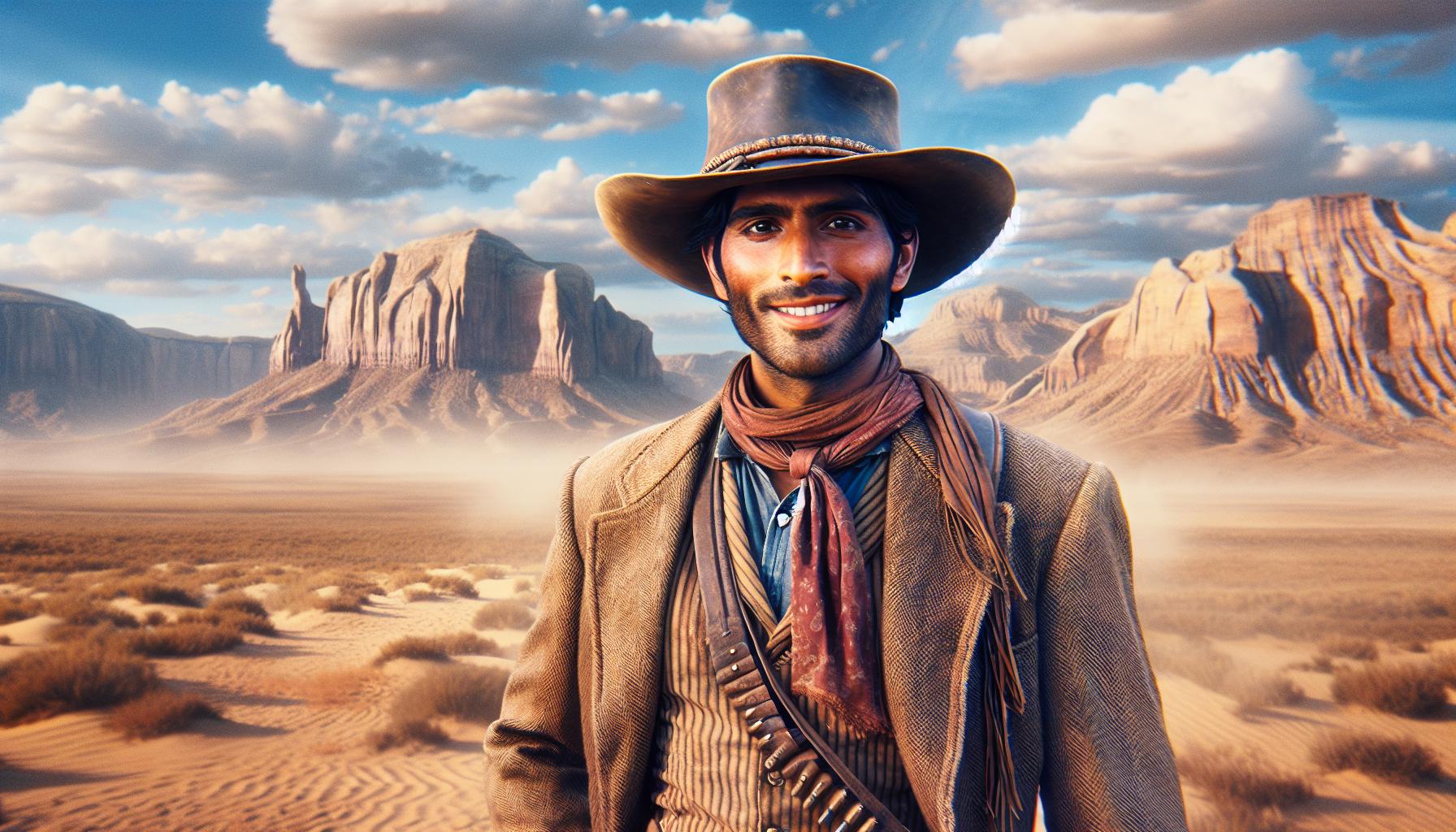
The reception of “The Ballad of Buster Scruggs” reflects diverse audience perspectives and critical assessments, contributing to its lasting impact.
Audience Reactions
Viewers expressed a range of sentiments regarding the film’s humor and thought-provoking narratives. Some audience members applauded the Coen brothers for their unique blend of comedy and tragedy. Others felt the film’s structure, featuring disconnected tales, led to an inconsistent experience. Many appreciated the character depth, especially Buster Scruggs himself, who captured attention with his charm. Reactions often highlighted the film’s ability to evoke laughter while simultaneously provoking deeper philosophical discussions. Interpretations centered around fate and randomness resonated with some viewers, sparking conversations about life’s unpredictability.
Critical Reviews
Critics universally recognized the film’s craftsmanship and narrative diversity. Outlets praised its visual style and strong performances, particularly those by Tim Blake Nelson as Buster Scruggs. Some reviews noted that the film’s episodic nature may challenge viewers seeking a cohesive storyline. Critics identified themes of mortality and existentialism, enhancing the depth of the viewing experience. Many commentators also emphasized the film’s ability to balance humor and poignancy. The ending left an indelible impression, inviting varied interpretations that reflect the Coen brothers’ artistic genius and storytelling prowess. Overall, critical feedback underscored its status as a compelling cinematic work, encouraging exploration of its intricate themes.
Connections to Coen Brothers’ Filmography
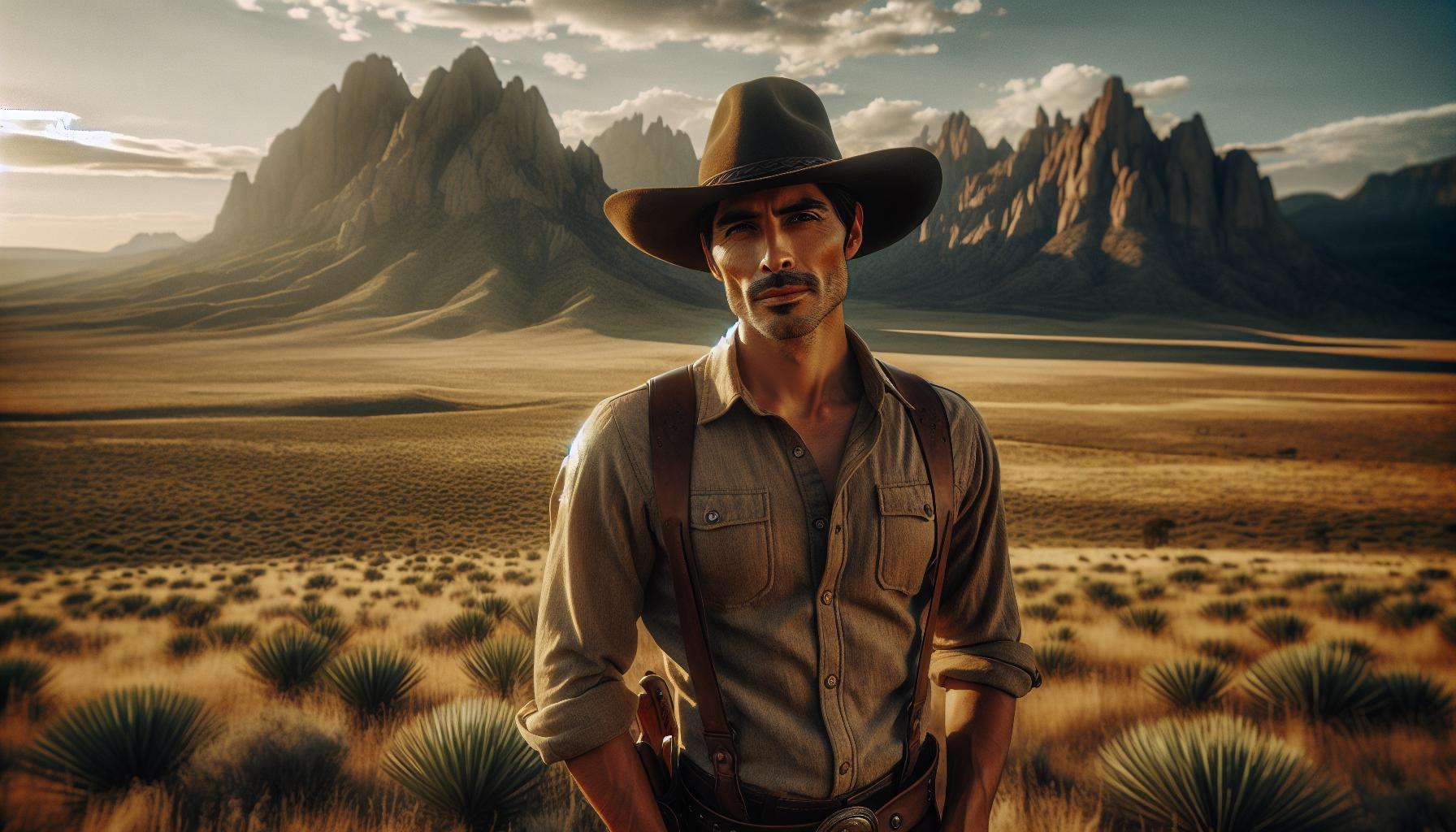
“The Ballad of Buster Scruggs” showcases many elements common in the Coen brothers’ body of work. Narrative structure plays a vital role, emphasizing character-driven stories that intertwine humor and darkness. This film’s episodic format mirrors the unpredictable storytelling seen in “Fargo” and “The Big Lebowski,” where distinct yet interconnected tales highlight character nuances.
Themes of fate and randomness resonate throughout the Coen brothers’ films. In “No Country for Old Men,” the chaotic nature of existence becomes apparent, much like in “Buster Scruggs.” The characters often encounter moments of chance that redefine their trajectories, illustrating a shared exploration of life’s unpredictability.
Tonally, the film reflects the Coens’ signature style—masterfully balancing absurdity and gravity. The characters in “Buster Scruggs,” particularly Buster Scruggs himself, resonate with similar figures from “Raising Arizona” and “O Brother, Where Art Thou?” These portrayals blend humor with profound existential questions.
Visual style remains a hallmark of the Coen brothers’ films, with “Buster Scruggs” featuring stunning landscapes that evoke the vastness and isolation of the western setting. Cinematography complements the narratives, enhancing themes of solitude and hardship present in films like “The Ballad of Buster Scruggs.”
Character depth is paramount in the film, as it is in many Coen films. Each character undergoes a journey filled with rich experiences, reflecting the complexities of human nature. Audiences witness this depth in the motivations of characters like the prospector and the traveling showman, bringing to mind the complexities seen in “A Serious Man.”
Critics highlight the film’s distinctiveness while placing it within the Coen brothers’ broader filmography. “The Ballad of Buster Scruggs” adds to their legacy of crafting unique narratives that provoke thought and evoke emotion, ensuring its place in cinematic history.
Between Fate and Live
“The Ballad of Buster Scruggs” leaves viewers with a rich tapestry of themes that resonate long after the credits roll. Its unique storytelling approach encourages reflection on the intricacies of life and the randomness that often dictates fate. By blending humor with tragedy the Coen brothers craft a narrative that challenges conventional expectations.
The film’s ending serves as a powerful reminder of life’s unpredictability and the myriad paths one can take. Each character’s journey highlights the delicate balance between hope and despair, inviting audiences to ponder their own experiences. Ultimately, the film stands as a testament to the Coens’ mastery in weaving complex narratives that provoke thought and evoke emotion, ensuring its lasting impact in the world of cinema.

